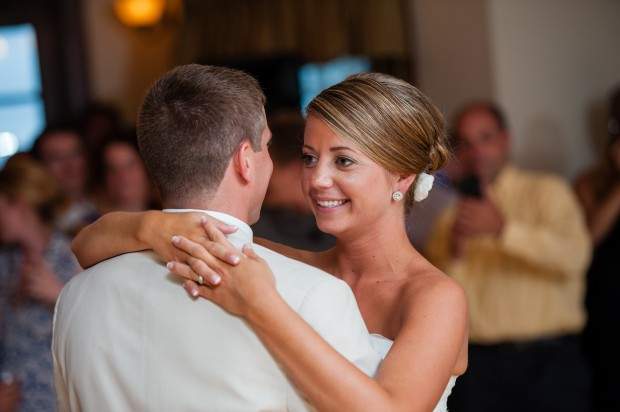Home » BLOG & NEWS » Planning Your Maine Wedding: Part III: The Ceremony

SEARCH FOR
CATEGORIES
Planning Your Maine Wedding: Part III: The Ceremony

Published November 29th, 2012
Planning Your Maine Wedding: Part II: Vendor Selection
This is the third installment in our five-part series based on the wedding planning guidance that we offer our clients at French’s Point. In this series, I provide tips on central concerns like budget creation, vendor selection, timeline management, the ceremony, and set-up, addressing each topic in the order that I typically address it with the client. Last time, we discussed vendor selection. In this post, we’ll look at how to plan your ideal ceremony.
A lot of people tend to focus their planning on the reception, but the ceremony is the first experience for you and your guests, and it can really set the tone for the entire event.
The most important decision when it comes to the ceremony is the choice of officiant. At French’s Point, we work with a handful of officiants that we know are great at listening to our clients’ needs and they tailor the ceremony to suit the couple they are working with. On the contrary, there are also officiants who do what they do on a regular basis and don’t tailor their service to the client… their service is cookie-cutter in style. I personally think it’s very important that the officiant and the couple work together since the ceremony is so central to the celebration. Even if religion and faith are not a focus or priority for the couple and you want to keep things short and sweet for the sake of your guests, the ceremony can still be meaningful.
Captain Barnes, a local master mariner, is one of my favorite French’s Point officiants. Captain Barnes will sit down with clients over a glass of wine and get to know them. He’s a justice of the peace so he can make your ceremony as personal as you want; with readings, the story of how you met, or thoughtful notes to honor family members who are not present. The Captain’s been marrying folks for more than 30 years, and he’s a real pro, an eloquent speaker, and the kindest of men!
Besides selecting the officiant, it’s important to make sure that there is a balanced beginning, middle, and end to the ceremony, and that the ceremony follow the traditional sequence even if it doesn’t include all of the elements. The schedule guests will expect is the introduction of the bride and groom, exchange of vows, exchange of rings, and introduction of the couple.
You’ll also want to consider how long you want the ceremony to be. If it’s outside and the weather is very hot or very cold, keep it short and sweet. In fact, even on a perfect day you still have a short window before you lose some people’s attention. Ideally, procession to recession should be about 30 minutes or less, including all of the elements that are important to you. Remember: With ceremonies, brevity is best.